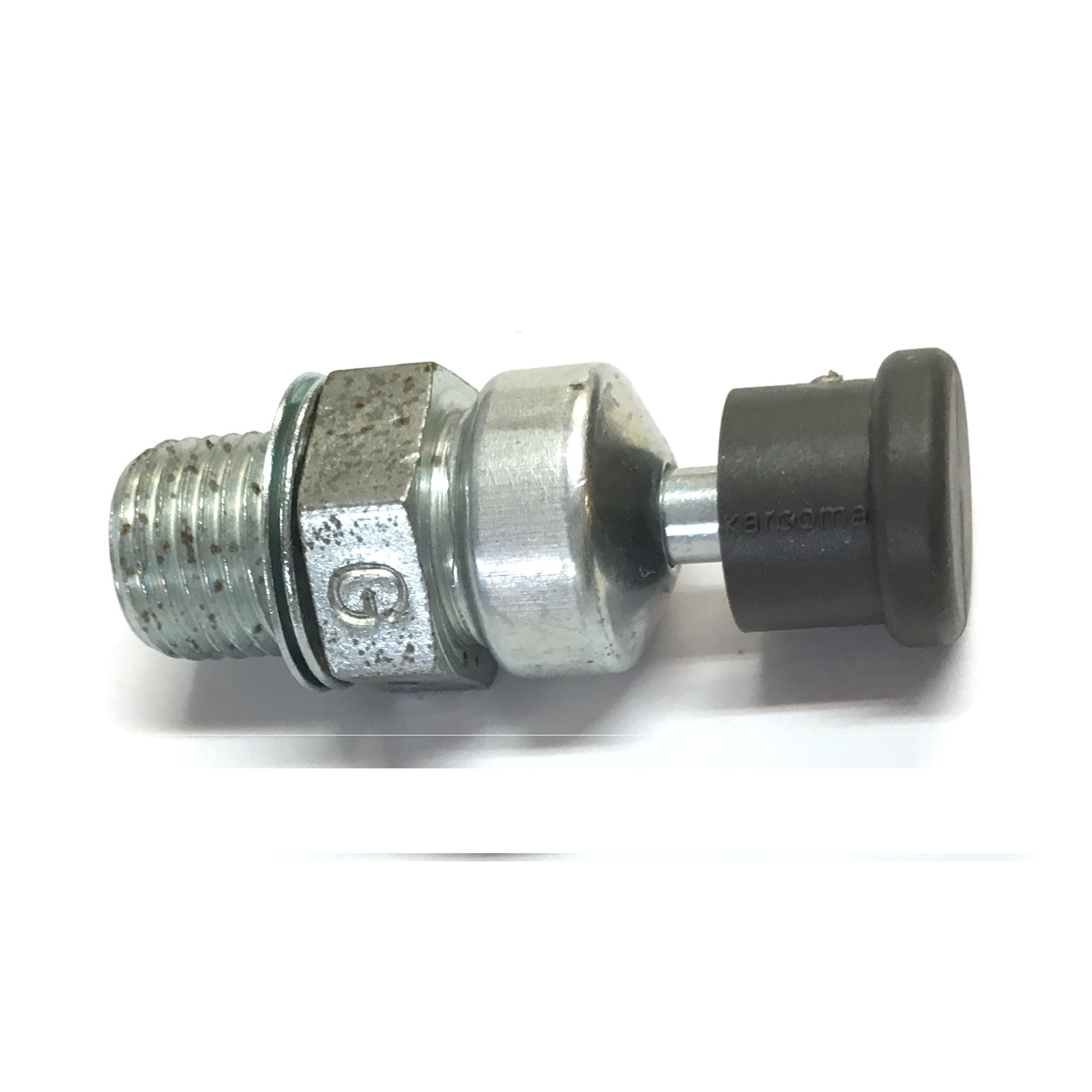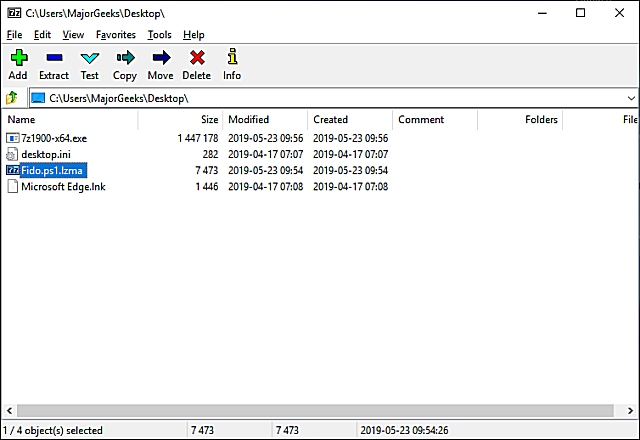


LONGREP packets remove the distance used from the list of the most recent distances and reinsert it at the front, to avoid useless repeated entry, while MATCH just adds the distance to the front even if already present in the list and SHORTREP and LONGREP don't alter the list. LONGREP refers to LONGREP packets, *REP refers to both LONGREP and SHORTREP, and *MATCH refers to both MATCH and *REP. Distance is equal to the fourth last used LZ77 distance. Distance is equal to the third last used LZ77 distance.Īn LZ77 sequence. Distance is equal to the second last used LZ77 distance.Īn LZ77 sequence. Distance is equal to the last used LZ77 distance.Īn LZ77 sequence.
#LZMA DECOMPRESSOR CODE#
There are 7 types of packets: Packed code (bit sequence)Ī single byte encoded using an adaptive binary range coder.Ī typical LZ77 sequence describing sequence length and distance.Ī one-byte LZ77 sequence. Both the lzip and the LZMA SDK documentation describes this stream format.


Each part of each packet is modeled with independent contexts, so the probability predictions for each bit are correlated with the values of that bit (and related bits from the same field) in previous packets of the same type. The stream is divided into packets, each packet describing either a single byte, or an LZ77 sequence with its length and distance implicitly or explicitly encoded. In LZMA compression, the compressed stream is a stream of bits, encoded using an adaptive binary range coder.
#LZMA DECOMPRESSOR ZIP#
Furthermore, compared to classic dictionary compression (such as the one used in zip and gzip formats), the dictionary sizes can be and usually are much larger, taking advantage of the large amount of memory available on modern systems. The main innovation of LZMA is that instead of a generic byte-based model, LZMA's model uses contexts specific to the bitfields in each representation of a literal or phrase: this is nearly as simple as a generic byte-based model, but gives much better compression because it avoids mixing unrelated bits together in the same context. they coded each bit using only a cascade of contexts to represent the dependencies on previous bits from the same byte). Prior to LZMA, most encoder models were purely byte-based (i.e. The dictionary compressor finds matches using sophisticated dictionary data structures, and produces a stream of literal symbols and phrase references, which is encoded one bit at a time by the range encoder: many encodings are possible, and a dynamic programming algorithm is used to select an optimal one under certain approximations. LZMA uses a dictionary compression algorithm (a variant of LZ77 with huge dictionary sizes and special support for repeatedly used match distances), whose output is then encoded with a range encoder, using a complex model to make a probability prediction of each bit. LZMA2 supports arbitrarily scalable multithreaded compression and decompression and efficient compression of data which is partially incompressible. LZMA2 is a simple container format that can include both uncompressed data and LZMA data, possibly with multiple different LZMA encoding parameters. This algorithm uses a dictionary compression scheme somewhat similar to the LZ77 algorithm published by Abraham Lempel and Jacob Ziv in 1977 and features a high compression ratio (generally higher than bzip2) and a variable compression-dictionary size (up to 4 GB), while still maintaining decompression speed similar to other commonly used compression algorithms. It has been under development since either 1996 or 1998 by Igor Pavlov and was first used in the 7z format of the 7-Zip archiver. The Lempel–Ziv–Markov chain algorithm ( LZMA) is an algorithm used to perform lossless data compression. ( Learn how and when to remove this template message) ( July 2014) ( Learn how and when to remove this template message) Please help rewrite this article from a descriptive, neutral point of view, and remove advice or instruction.
#LZMA DECOMPRESSOR MANUAL#
This article is written like a manual or guidebook.


 0 kommentar(er)
0 kommentar(er)
